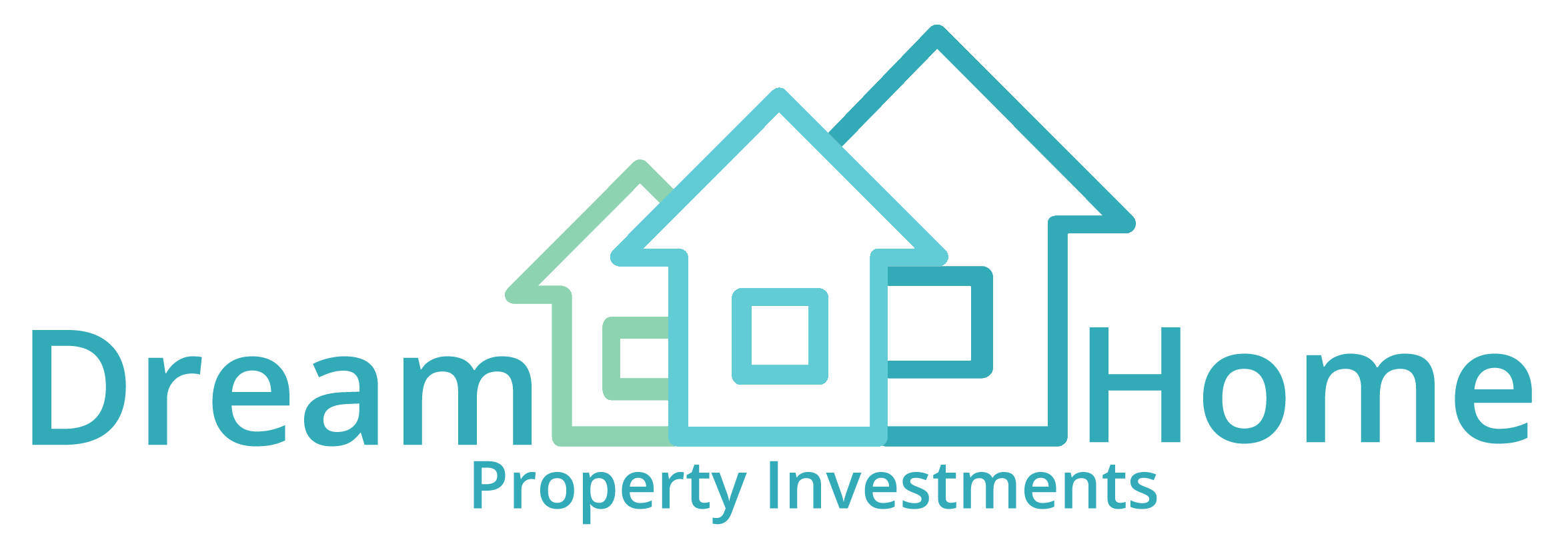What is the NDIS?
There are around 4.3 million Australians who have a disability. Within the next five years, the National Disability Insurance Scheme (NDIS) will provide more than $22 billion in funding a year to an estimated 500,000 Australians who have a permanent and significant disability. For many people, it will be the first time they receive the disability support they need.
The NDIS can provide all people with disabilities with information and connections to services in their communities such as doctors, sporting clubs, support groups, libraries, and schools, as well as information about what support is provided by each state and territory government.
NDIS – What does it mean?
National: The NDIS is being introduced progressively across all states and territories.
Disability: The NDIS provides support to eligible people with intellectual, physical, sensory, cognitive, and psychosocial disabilities. Early intervention supports can also be provided for eligible people with disabilities or children with developmental delays.
Insurance: The NDIS gives all Australians peace of mind if they, their child, or loved one is born with or acquires a permanent and significant disability, they will get the support they need.
Scheme: The NDIS is not a welfare system. The NDIS is designed to help people get the support they need so their skills and independence improve over time.
What is SDA Property
Specialist Disability Accommodation ‘SDA’ is for people with a disability who requires special housing needs to ensure they can live independently within our communities and receive the support they require, whilst at home in specially designed or adapted homes to help deliver their support needs.
DEMAND
The Department of Social Security (DSS) website provides a Demand Map showing NDIS participants and expected expenditure that can be narrowed down to postcode level.
In 2016 the NDIS estimated that 28,000 people would be eligible for SDA nationwide. This was based on 6% of an expected 460,000 people with NDIS plans. The number of people being approved for NDIS plans and the percentage of those people being approved for SDA has resulted in updated predictions of over 500,000 total participants and more than 60,000 people requiring SDA. The government has budgeted over $700m to be spent on SDA payments this financial year.
Are there other people investing in SDA?
Yes, however SDA Homes present the first opportunity to private investors.
To date, there have been several large corporations investing millions into SDA as they see the huge potential gains. They have been building mainly unit complexes for High Physical Support tenants /participants in inner-city areas and provide carers. There are many carers required to support one HPS tenant/participant, so this is a very lucrative business for corporations.
Provision for an overnight carer
A bedroom is set aside for a carer. A house with 3 tenants may have from 5 to 10 separate carers who will come and go throughout the day, and one may need to stay overnight.
HOMES are purchased via a standard house and land contract with stamp duty only payable on the land component. This represents considerable savings in initial costs.
The land has been selected in areas that meet the NDIS, SDA housing requirements.
Who qualifies for SDA Funding and Accommodation?
The NDIS (National Disability Insurance Scheme) provides the SDA funding for people whose disability or ongoing very high support needs require special accommodation, which enables them to receive housing, care, and onsite support from their carer.
Different Property Solutions are modelled to suit varying disability categories and disabilities.
There are 4 levels of NDIS SDA home categories, each designed for a different level of disability and care:
- Improved Liveability
- Designed to improve ‘liveability’ by incorporating a reasonable level of physical access and enhanced provision for people with sensory, intellectual, or cognitive impairment
- Fully Accessible
- Designed to incorporate a high level of physical access provision for people with significant physical impairments
- Robust
- Designed to incorporate a high level of physical access provision and to be very resilient, reducing the likelihood of reactive maintenance and reducing the risk to the participant and the community
- High Physical Support –
- Designed to incorporate a high level of physical access provision for people with significant physical impairment and requiring very high levels of support
What Is the Difference Between SDA And SIL?
Supported Independent Living (SIL) is the support or supervision of daily tasks to live independently. Supported Disability Accommodation (SDA), on the other hand, is for people with disabilities who have a severe functional impairment or highly complex support needs that require specialist housing alternatives
Why are SDA homes more expensive to build?
To meet stringent requirements under NDIS guidelines, the homes included many features the house next door will not have and thus present as a higher cost to build.
These homes need to have a larger floor plan for ease of mobility, depending on the category of SDA (Robust or High Physical support, etc) the homes have to include materials sound enough to withstand damage from wheelchairs or movement, etc and thus require stronger materials for floors and walls, etc. Some of the categories require full home automation for lights, curtains, windows, and doors. Each build is customised and not cookie-cutter like most new builds out there build by volume builders are. Material is not purchased in bulk as done with volume builders and thus also costs more.
Based on requirements, materials used, customisation, automation, floor plan size, etc the cost per square meter in no way can be compared to the new home being built next door, if you attempt to compare, you are doing yourself a complete disservice and looking for a reason not to invest in SDA property.
